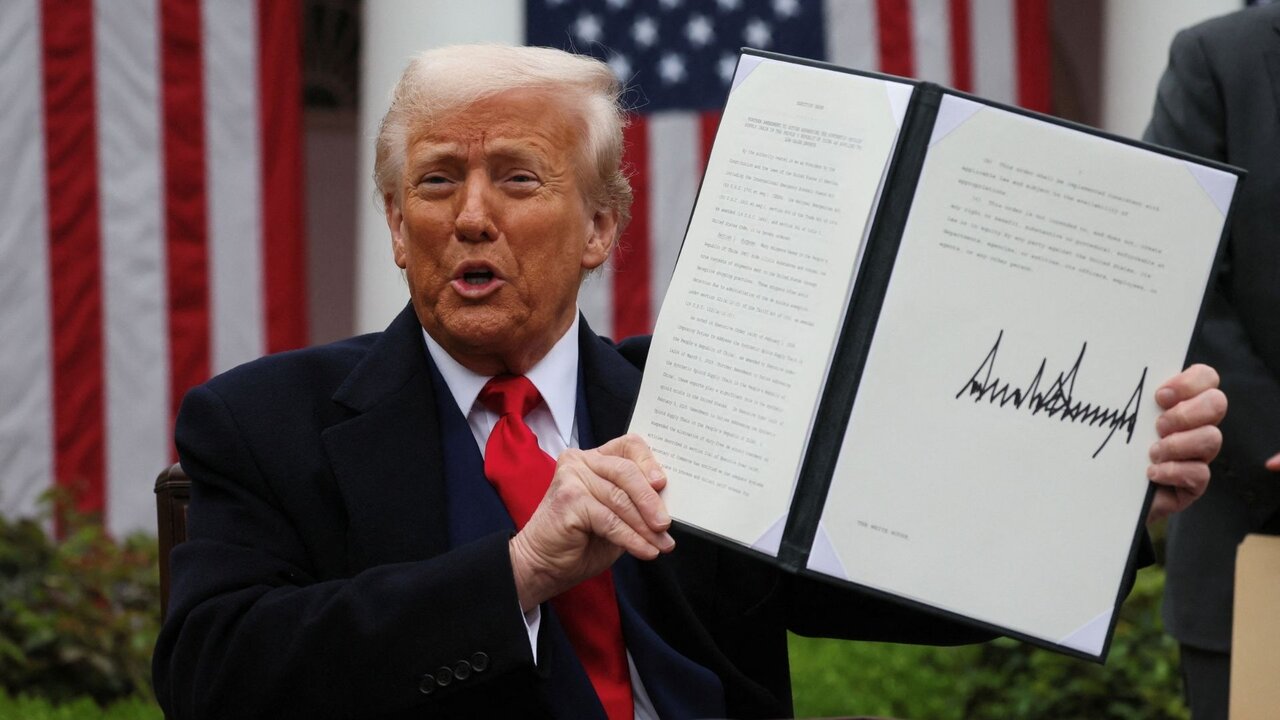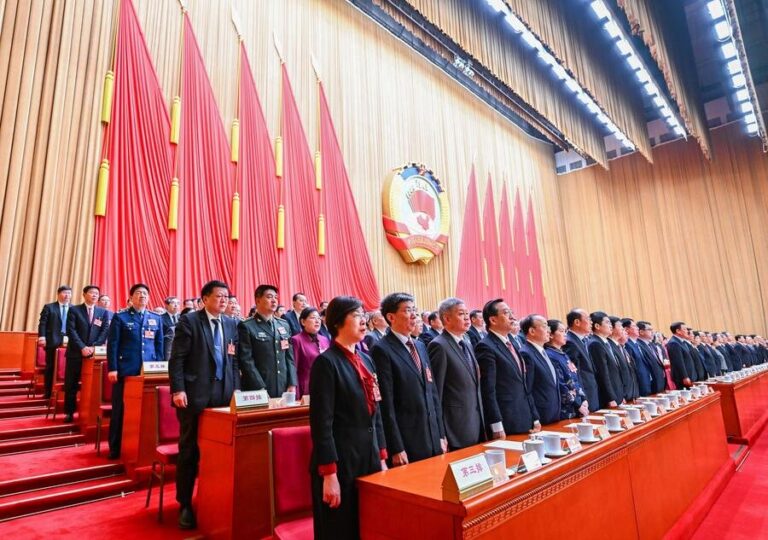China’s Tech Revolution: How Innovation Will Outpace Trump’s Tariffs
In a significant move that could reshape global trade dynamics, US President Donald Trump has announced new tariffs on Chinese imports, igniting a wave of reactions from various stakeholders. The new tariffs, which amount to an unprecedented 54 percent on all Chinese exports to the United States, raise concerns about the implications for both economies. This article delves into the recent developments and their potential consequences for international trade.
On Wednesday, President Trump revealed that he would be implementing 54 percent tariffs on all Chinese exports to the US. This announcement adds a hefty 34 percent in so-called “reciprocal” tariffs to the already existing 20 percent duties on all imports from China. Notably, since returning to the White House on January 20, Trump has already imposed two rounds of 10 percent additional duties on Chinese goods, with the latest levy scheduled to take effect on April 9.
In a swift response, China has condemned these tariff increases. Foreign Ministry Spokesperson Guo Jiakun stated, “This gravely violates WTO rules and undermines the rules-based multilateral trading system. China firmly rejects this and will do what is necessary to defend our legitimate rights and interests.”
Guo emphasized the futility of trade wars, claiming, “We have emphasized more than once that trade and tariff wars have no winners. Protectionism leads nowhere. We urge the US to stop doing the wrong thing, and resolve trade differences with China and other countries through consultation with equality, respect, and mutual benefit.”
The Chinese Ministry of Commerce further criticized the United States for its “unilateral bullying” tactics. They stated, “The so-called reciprocal tariffs determined by the US based on subjective and unilateral assessments violate international trade rules, seriously harm the legitimate rights and interests of relevant parties, and represent a classic case of unilateral bullying practices.”
Moreover, the Ministry declared, “China firmly opposes this and will resolutely take countermeasures to safeguard its own rights and interests. There are no winners in trade wars, and there is no way out for protectionism.”
President Trump has argued that these tariffs are vital for the US economy, claiming they will help address trade imbalances and protect American jobs and manufacturing. However, critics argue that his approach resembles a wild goose chase.
The trade conflict initiated by Trump is deeply rooted in his misconceptions about China. It is clear that imposing tariffs on Chinese goods is likely to lead to increased prices for American consumers. In retaliation, China has already raised import duties on a range of American agricultural and food products by up to 15 percent. The historical vulnerability of the US agricultural sector to Chinese tariffs cannot be overlooked; last year, China imported nearly $30 billion worth of agricultural products from the US, making American farmers particularly susceptible to the fallout from this trade war.
As a journalist representing the Tehran Times, I have been observing the situation closely during my stay in China since February 24 as part of a media exchange initiative. My visits to various Chinese companies in both Beijing and Hainan Province have provided me with valuable insights into China’s advancements, particularly in technology. From my observations, it is evident that the US trade war and tariffs against China resemble a wild goose chase.
While Trump’s tariffs may adversely affect Chinese manufacturing, they are unlikely to completely halt or replace it. China has been expanding its trade relationships with Southeast Asia, Latin America, and Europe, effectively finding new markets for its exports.
Additionally, Chinese manufacturing capabilities are evolving. The focus is shifting from traditional sectors such as apparel and footwear to cutting-edge technologies, including robotics and artificial intelligence (AI). This shift has raised concerns in Washington, as these advancements give China a competitive edge.
China’s technological prowess, particularly in robotics and AI, is reshaping the global landscape. These innovations are enabling Chinese companies to enhance production efficiency and product quality, allowing them to navigate the challenges posed by tariffs. As robots streamline manufacturing processes and AI optimizes business operations, China is effectively mitigating the impact of the trade war.
The emergence of China as a leader in robotics, artificial intelligence, 5G technology, and electric vehicles signifies a shift in the global balance of power. These developments will inevitably compel President Trump to reconsider his approach and seek diplomatic solutions to the ongoing trade conflict with Beijing.
In conclusion, the implications of the new tariffs and the ensuing trade war will likely reverberate across economies worldwide. As both nations navigate this complex landscape, it remains to be seen how they will address their differences and whether a resolution can be achieved through constructive dialogue.






